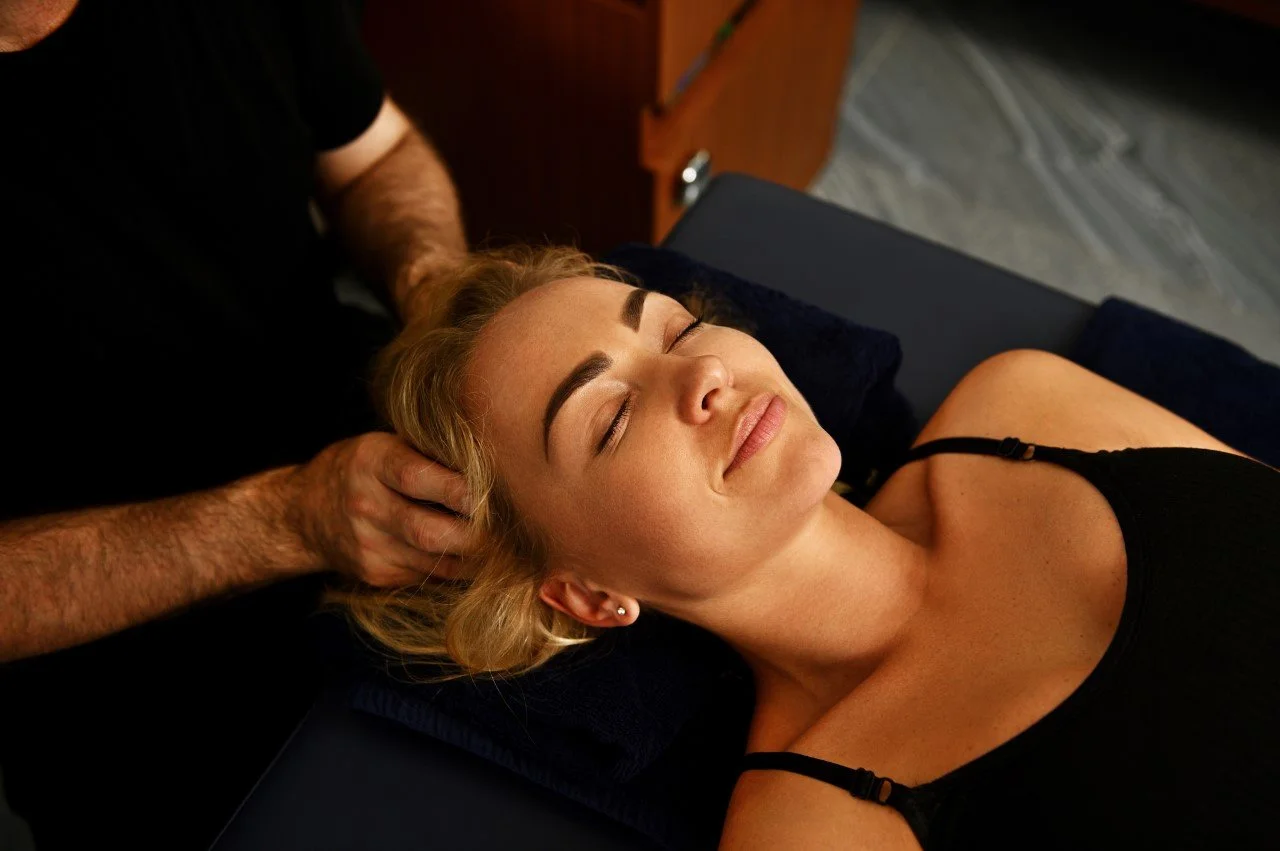Reflexology: Everything You Need To Know
Ever found yourself curious about those foot charts with colorful zones and wonder what they're all about? Welcome to the world of reflexology! This ancient practice has been gaining traction in the wellness sphere, and for good reason. Let's dive in and explore the ins and outs of this fascinating therapy that's got everyone talking (and walking with a newfound spring in their step).
What is Reflexology?
Imagine your feet as a miniature map of your entire body. Sounds wild, right? That's the basic premise of reflexology. It's a therapeutic technique that involves applying pressure to specific points on your feet, hands, or ears. These points, called reflex areas, are believed to correspond to different organs and systems in your body.
How Does Reflexology Work?
Now, you might be wondering, "How on earth does pressing on my big toe affect my sinuses?" Fair question!
Reflex Points and Their Meaning
Each area of the foot is thought to be connected to a particular part of your body. For instance, the ball of your foot is linked to your heart and chest, while the arch corresponds to your digestive organs. It's like a game of connect-the-dots, but way more relaxing!
Techniques Used in Reflexology
Reflexologists use their thumbs and fingers to apply pressure to these points. They might use techniques like kneading, rubbing, or applying pressure in a specific order. And if you’re wondering how reflexology is different from massage therapy, there are some similarities in the soothing sensations you might experience - they tend to be just focused on your feet!
Theories Behind Reflexology
While the exact mechanism isn't fully understood (hey, even science needs its mysteries), some theories suggest that reflexology works by stimulating the nervous system or promoting the flow of energy throughout the body. Think of it as pressing your body's reset button.
Benefits of Reflexology
Alright, let's get to the good stuff. What can reflexology do for you?
Physical Health Benefits
Many people report improvements in circulation, reduced pain, and better sleep after reflexology sessions. Some even find relief from migraines and digestive issues. It's like a tune-up for your body's systems!
Mental and Emotional Benefits
But it's not just about the physical perks. Reflexology can be a powerful stress-buster, helping to calm anxiety and improve mood. It's like a chill pill for your feet (without the actual pill part).
Supporting Overall Wellness
By promoting relaxation and potentially boosting the immune system, reflexology can be a valuable tool in your overall wellness toolkit. Think of it as preventative maintenance for your body and mind.
What to Expect During a Reflexology Session
Curious about what goes down during a session? Let's walk through it (pun totally intended).
Preparation and Consultation
First, you'll chat with your reflexologist about your health history and any specific concerns. No need to be shy - they've heard it all!
The Session Experience
Then, you'll get comfy (usually fully clothed, just minus the shoes and socks) while the reflexologist works their magic on your feet, hands, or ears. It's not ticklish, we promise!
Post-Session Effects
Afterward, you might feel super relaxed, a bit emotional, or even slightly under the weather. Don't worry, this is all normal as your body adjusts to the treatment.
Reflexology vs. Other Therapies
You might be wondering how reflexology stacks up against other therapies. Let's break it down.
Comparison with Massage Therapy
While both are hands-on therapies, reflexology focuses specifically on those reflex points we talked about earlier. Massage therapy, on the other hand, works more broadly with soft tissues throughout the body.
Comparison with Acupuncture
Both reflexology and acupuncture aim to balance the body's energy, but acupuncture uses needles (eek!) while reflexology relies on good old-fashioned finger pressure.
Choosing a Reflexologist
Ready to give it a try? Here's how to find your perfect reflexology match.
Qualifications and Credentials
Look for someone who's certified by a reputable organization. You want skilled hands working on those precious feet of yours!
Finding a Practitioner
Ask around for recommendations or check out wellness centers in your area. Many places even offer mobile services, so you can schedule an at home massage in Miami or wherever you are, combining it with reflexology for the ultimate relaxation experience.
Safety and Considerations
When to Avoid Reflexology
While reflexology is generally safe, it's not for everyone. If you're pregnant, have foot injuries, or certain health conditions, chat with your doctor first.
Final Thoughts
Reflexology offers a unique approach to wellness that's both intriguing and potentially beneficial. Whether you're looking to de-stress, address specific health concerns, or simply pamper yourself, it might be worth giving those feet some extra attention.
So, why not step into the world of reflexology? Your feet (and the rest of your body) might just thank you for it. Who knows, you might discover a whole new way to put your best foot forward in your wellness journey!


